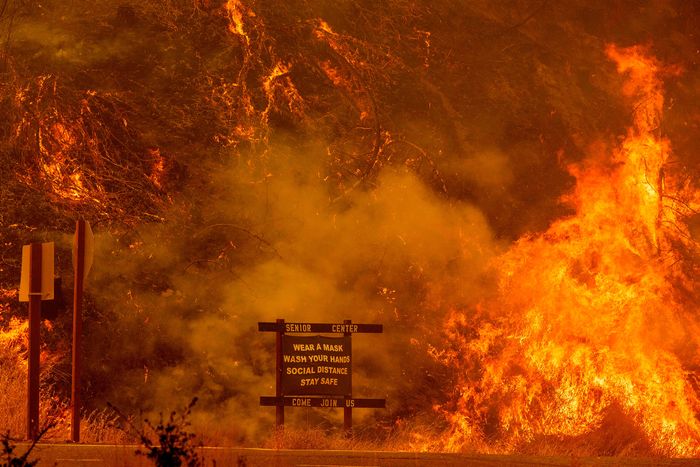Republicans urge Trump to bar banks from shunning fossil fuel loans
A group of Republican lawmakers from energy-producing states on Friday called on President Donald Trump to prevent banks from halting loans and investments with companies that produce oil and other fossil fuels while they have access to federal assistance programs during the COVID-19 pandemic.
“Wall Street’s big banks ... should not be able to reap the benefits of participating in federally guaranteed loan programs laid out in the CARES Act, such as the Paycheck Protection Program or the trillion dollar Federal Reserve facility lending programs, while simultaneously targeting American energy companies and workers,” the lawmakers wrote in a letter to Trump.
Democratic lawmakers like Senator Elizabeth Warren, who want an economic recovery featuring investments in conservation and alternative energy to fight climate change, have been calling on Treasury Secretary Steve Mnuchin to bar oil and gas companies from accessing loans through the Main Street facility.
Many energy companies have been struggling to stave off bankruptcy due to a meltdown in global crude prices after governments around the world issued stay-at-home orders that obliterated demand for motor and jet fuel.
For years, environmental activists have pressured banks and financial firms to drop support of fossil fuel companies.
The Republican lawmakers, led by Senators Kevin Cramer of North Dakota and Dan Sullivan of Alaska, and Representatives Don Young of Alaska and Liz Cheney of Wyoming, accused some major U.S. financial institutions of halting fossil fuel investments to “placate the environmental fringe.” They specifically cited BlackRock Inc, the world’s largest asset manager, which has been given a central role in the COVID-19 corporate recovery as a fiduciary to the Federal Reserve Bank of New York.
BlackRock announced in January it was divesting from coal burned in power plants. Its global head of sustainable investing, Brian Deese, was a White House climate official under former President Barack Obama, a Democrat.
“Considering BlackRock’s central role as a Federal Reserve fiduciary for the distribution of CARES Act credit facilities, its hostility towards the American energy sector is unacceptable and should be closely scrutinized,” the lawmakers wrote.
The lawmakers urged Trump to use “every administrative and regulatory tool” to prevent those institutions from participating in federal lending programs while “discriminating” against investments in parts of the energy sector, but did not specify what measures could be taken.
A spokesman for BlackRock said the company will execute its mandate as a fiduciary to the Federal Reserve Bank of New York “at the sole discretion of the bank, and in accordance with their detailed investment guidelines, in order to provide broad support to credit markets and achieve the government’s objective of supporting access to credit for U.S. employers and supporting the American economy.”








 Reply With Quote
Reply With Quote
 <-
<- 


 GOGOGO
GOGOGO  GOGOGO WINLAND
GOGOGO WINLAND  WINLAND
WINLAND 



















































Bookmarks